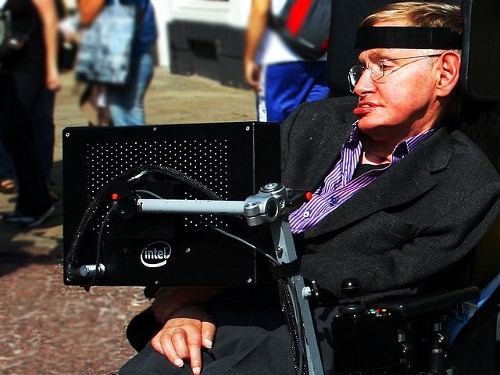STEM cell research could hold the key to treating deadly motor neurone disease (MND), scientists say.
A research team from Edinburgh University has created motor neurones using skin cells from a patient with an inherited form of MND.
The study discovered that abnormalities of a protein called TDP-43, implicated in more than 90 per cent of cases of MND, resulted in the death of motor neurone cells.
This is the first time scientists have been able to see the direct effect of abnormal TDP-43 on human motor neurons.

The study, led by the university’s Euan MacDonald Centre for Motor Neurone Disease Research, was carried out in partnership with King’s College London, Colombia University, New York and the University of San Francisco.
MND is a devastating, untreatable and ultimately fatal condition that results from progressive loss of the motor nerves – motor neurones.
People suffering from the disease see their movement speech and breathing affected.
Physics professor Stephen Hawking was famously diagnosed with the disease when he was 21.
Professor Siddharthan Chandran, of the University of Edinburgh, said: “Using patient stem cells to model MND in a dish offers untold possibilities for how we study the cause of this terrible disease as well as accelerating drug discovery by providing a cost-effective way to test many thousands of potential treatments.”
The study, funded by the MND Association, is published in the medical journal PNAS.
Dr Brian Dickie, Director of Research and Development for the MND Association, said: “This advance is a significant milestone on the road to developing a laboratory model of MND that faithfully reflects the cellular events happening in the patient.
“It is also a testament to the importance of international collaboration, with eminent scientists from leading institutions around the world focused on the common goal of understanding and, ultimately, defeating this devastating disease”.
